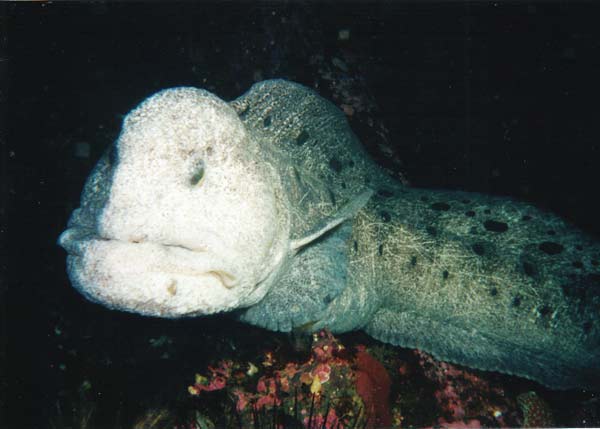
They live together in big groups that may have hundreds of eels. During the day, they bury themselves in mud or hide in spaces among coral or rocks.Įels usually hang out alone, though sometimes they’ll share space among rocks or coral. They eat different kinds, including fish, crabs, shrimp, worms, and even other eels. Their long, thin bodies are great for slithering among rocks and coral looking for prey. Many are brown or gray, but the ones that live in coral reefs often have bright colors and patterns.Įels are hunters and have lots of sharp teeth. Eels can be as short as an adult’s pinky or longer than a car. Most live in the ocean, but some kinds live in rivers and other freshwater places. There are more than 800 species of eels wriggling through waters around the world. If a fish passes these tests, it’s probably an eel. And a real eel has either no scales or small scales that are mostly buried in its skin. It may also have very small fins at the sides of its head or none at all.

A real eel has a long fin that runs along the top of its body and wraps around its tail.

But most real eels pass the “fin and skin” tests. It can be tricky trying to tell if an “eel” is the real deal or not. What do you think of when you hear the word “eel”? A moray like the one above, perhaps? Or maybe the famous electric eel? Well, you’re spot-on with the moray, but-spoiler alert!-the electric eel isn’t an eel at all. Find out which ones are the real deal-and which look eely, but aren’t, really.


 0 kommentar(er)
0 kommentar(er)
